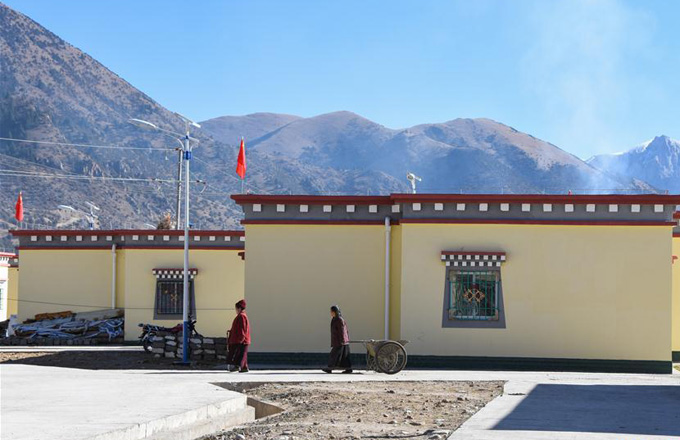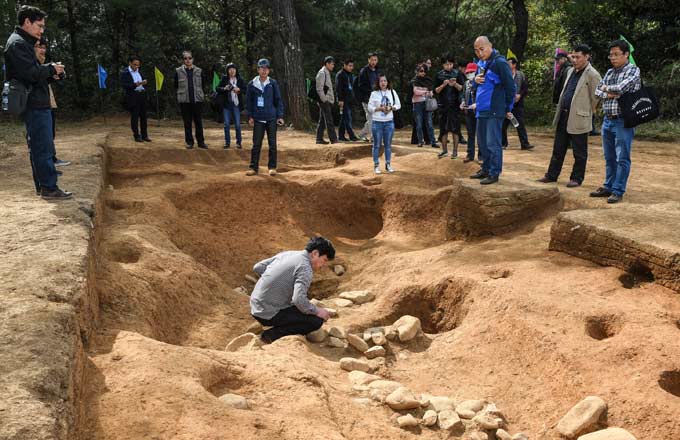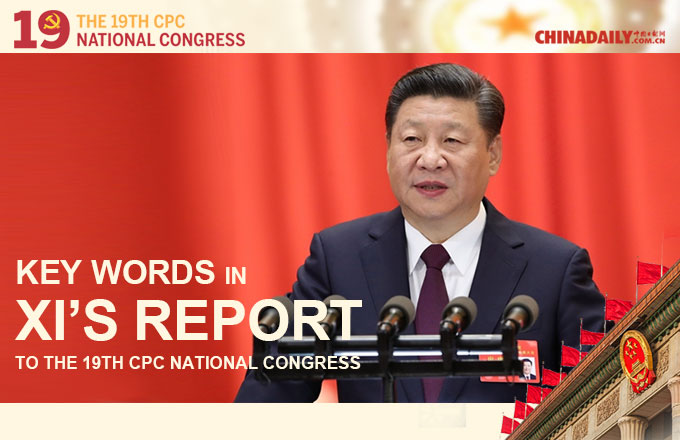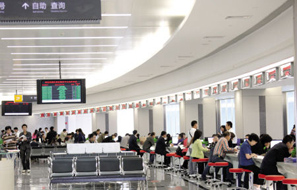Beijing issues blueprint for livability
A blueprint for Beijing's development over the next 20 years has drawn three "red lines" to ensure the city becomes a livable and harmonious capital, according to the municipal government on Friday.
The development plan of Beijing (2016-35), which was approved by the Central Committee of the Communist Party of China and the State Council on Wednesday, saw more details released on Friday, with the city setting limits on its population, land for development, and land for ecological protection.
The city aims to hold its population to 23 million by 2020, with 10.85 million in the city's six core districts. The number of registered residents now stands at 21.73 million.
The land used for construction will be reduced from 2,921 square kilometers in 2015 to 2,860 sq km by 2020, and be further cut to 2,760 sq km by 2035, it said.
Meanwhile, its ecological areas-which includes mountains, forests, rivers and lakes, conservation areas, nature reserves and scenic spots-will make up 73 percent of the city's area by 2020, and will increase to 75 percent by 2035.
The plan also set targets to relieve traffic congestion, control housing prices, improve air quality and preserve cultural heritage in Beijing.
Municipal officials told a news conference on Friday that by setting water, land and energy resources as a top priority, Beijing is expected to see stress on the city ease.
The seventh of its kind since the People's Republic of China was founded in 1949, the plan however is "the first" to restrict the growth and expansion of the city, said Ke Huanzhang, vice-president of China Association of City Planning.
"The plans before were all about city expansion, especially in terms of population and land assigned for construction and development. This new plan, however, has reduced those targets, which is a new highlight as well as a breakthrough," he said.
"What's important is that concrete measures are needed to restrain and manage (actions that might challenge the red lines). I hope the new planning can solve the urban problems that Beijing encounters in its development. Only when the red lines are safeguarded can Beijing develop into a world-class national capital that is both harmonious and livable.





















